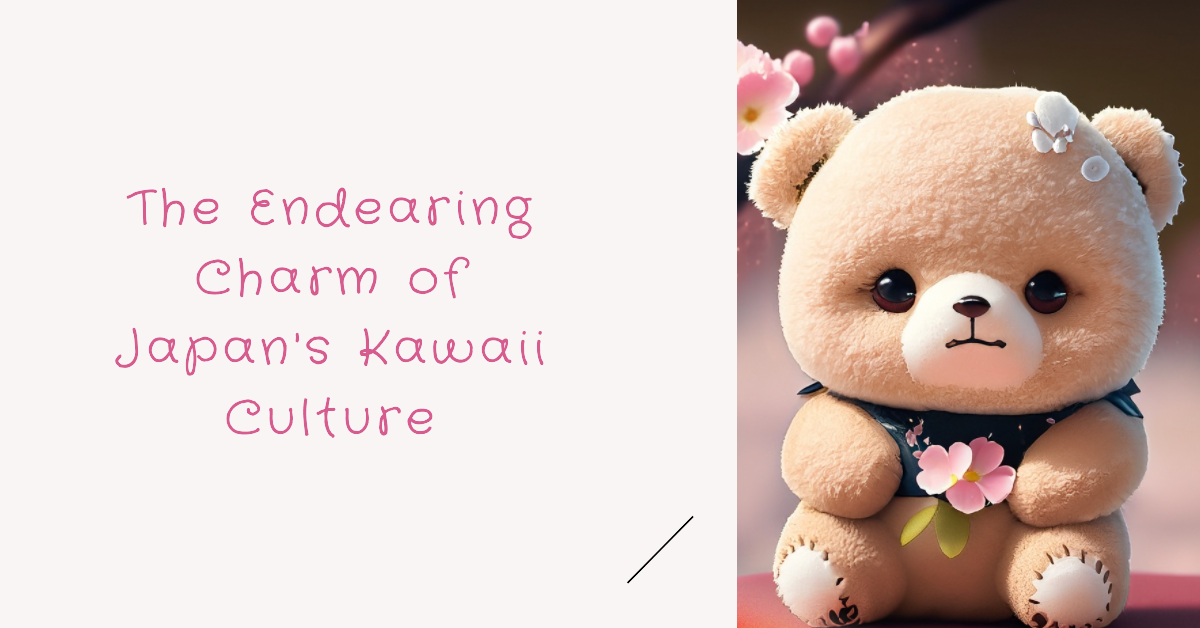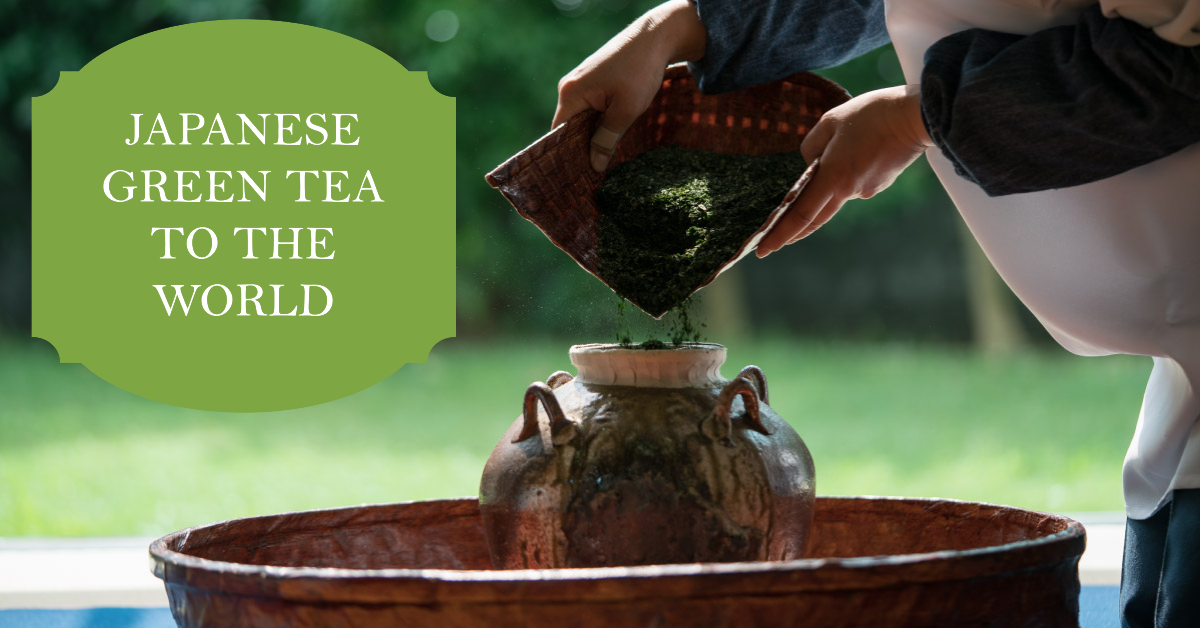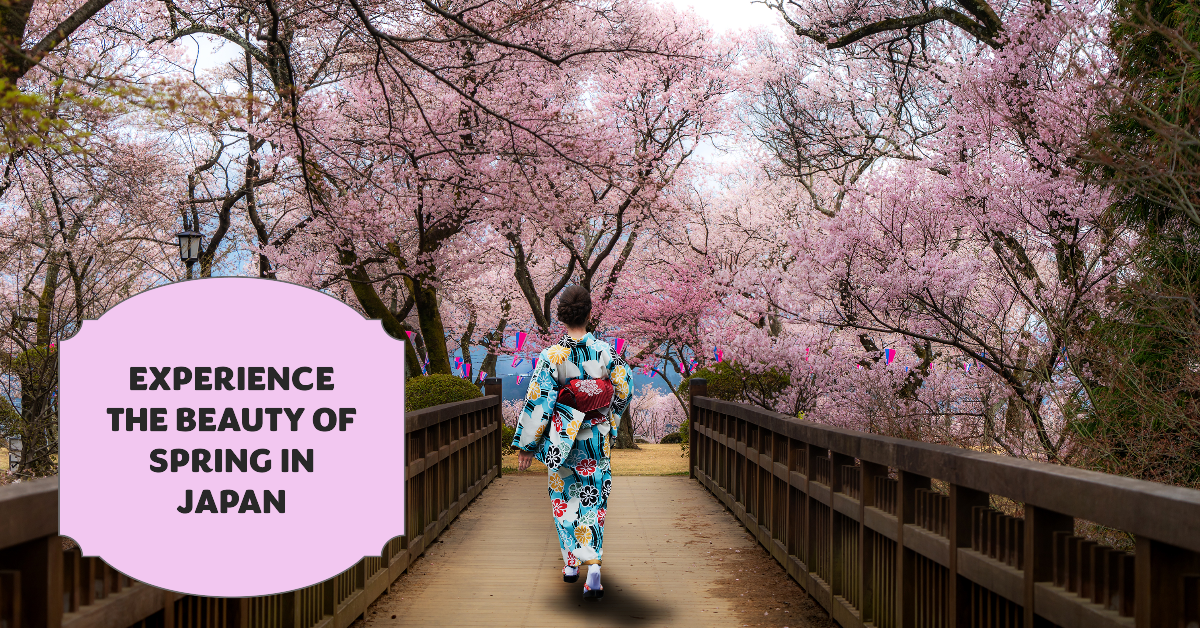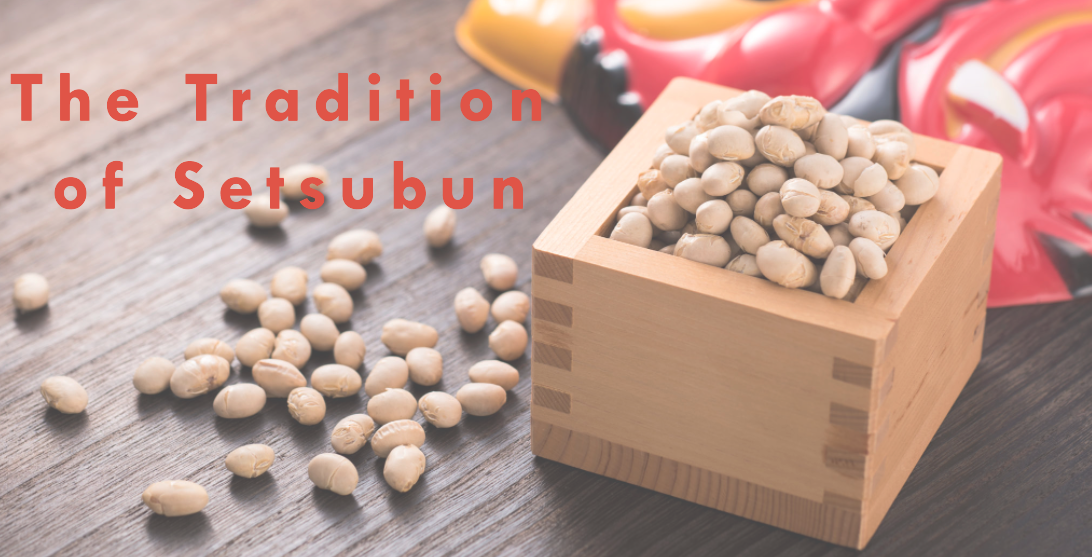From the frilly, pastel-hued shops in Harajuku, the adorable mascot characters representing every Japanese city, to the humble household appliances adorned with friendly faces, ‘Kawaii’ is an aesthetic that pervades every facet of Japanese life. If you’ve ever marvelled at the pervasiveness of cute culture in Japan, you might find yourself asking: where did this phenomenon originate and why is it so prevalent across all ages?
Terminology
The term ‘Kawaii’, translating to ‘lovable’ or ‘cute’ in Japanese, is a cultural concept that emerged during the 1970s. In the aftermath of WWII, Japan experienced a consumer culture boom, in which teenage girls played a prominent role. They began to shape and define ‘Kawaii’, initially through ‘marui ji’ – a playful, round script, representing a stylised, cute version of characters. The establishment initially criticised this movement as childlike and immature, but its resonance with youth culture led to its rapid diffusion into comics, clothing and advertising. Far from being a frivolity, ‘Kawaii’ became an expression of resistance against the rigidity of traditional Japanese norms.


Japanese aesthetics and broad appeal
In addition to this, Japan’s long-standing tradition of fine arts and crafts also contributed to the birth of ‘Kawaii’. The Japanese aesthetic often places importance on detail, precision, and miniaturisation – all elements that are reminiscent of cuteness. This tradition formed a fertile ground for ‘Kawaii’ culture to take root and flourish.
The ‘Kawaii’ aesthetic has a broad appeal in Japanese society, spanning all generations. This popularity can be attributed to several factors. Foremost among these is the culture’s omnipresence, woven into the fabric of everyday life, from fashion and food, to technology and even urban design. The Hello Kitty phenomenon, which started as a simple cartoon character, has today evolved into a multi-billion pound franchise encompassing everything from clothing to theme parks. Even Japan’s public transport doesn’t escape the ‘Kawaii’ treatment, with Shinkansen trains often featuring cute mascots.
Another significant aspect is the psychological comfort offered by ‘Kawaii’. The Japanese concept of ‘amae’, which signifies the pleasure derived from being loved or spoiled, suggests that the popularity of ‘Kawaii’ might stem from a deep-seated emotional need for reassurance and comfort in a society known for its high-stress, regimented lifestyle.
Finally, the acceptance and love for all things ‘Kawaii’ lie in its close association with Japanese national identity. Unlike in many other cultures, where cuteness might be linked to immaturity or lack of seriousness, in Japan, ‘Kawaii’ is regarded as an embodiment of positivity and individuality. It serves as a tool for self-expression and communication, making it socially acceptable and even celebrated.
Hello Kitty Is Born
One cannot discuss ‘Kawaii’ without mentioning one of its standout example.
Hello Kitty, arguably one of the most iconic figures of Kawaii culture, was created by the Japanese company Sanrio in 1974. Designed by Yuko Shimizu, Hello Kitty is a depiction of a kind-hearted and cheerful little girl, who is a perpetual third-grader living outside of London. She is portrayed as a cute, round-faced white cat with a red bow on her left ear and no mouth.
The absence of a mouth is a purposeful design choice, meant to encourage viewers to project their feelings onto the character and feel Hello Kitty’s emotions as their own, a characteristic that enhances her relatability. Her simple design and positive attributes—friendliness, kindness, and innocence—exemplify the Kawaii aesthetic.
Sanrio started by placing Hello Kitty on a vinyl coin purse, and from there, her popularity skyrocketed. The brand expanded into a vast array of products, from school supplies and fashion accessories to home appliances and high-end consumer products like guitars and even cars. Hello Kitty also became the main character in animated television series and video games, which further boosted her popularity.
Hello Kitty’s impact extends far beyond Japan. Her image has graced countless products worldwide, making her a global ambassador for Kawaii culture. She is a prominent figure at Sanrio’s themed parks and restaurants in Japan and overseas, and her image has been used in cross-promotions with other brands, demonstrating the wide-reaching influence of Kawaii culture.
In essence, Hello Kitty symbolises the charm and appeal of Kawaii, embodying its core elements—cuteness, simplicity, and positivity.

Kawaii culture in Japan is not just about celebrating cuteness; it’s a powerful societal tool that has its roots deep in the country’s history. It reflects Japan’s unique approach to self-expression, resilience and comfort. From being initially dismissed as a fad, ‘Kawaii’ has proven its lasting influence by becoming an integral part of Japanese identity, touching every aspect of life and capturing hearts worldwide. Truly, the charm of ‘Kawaii’ is more than skin-deep.








